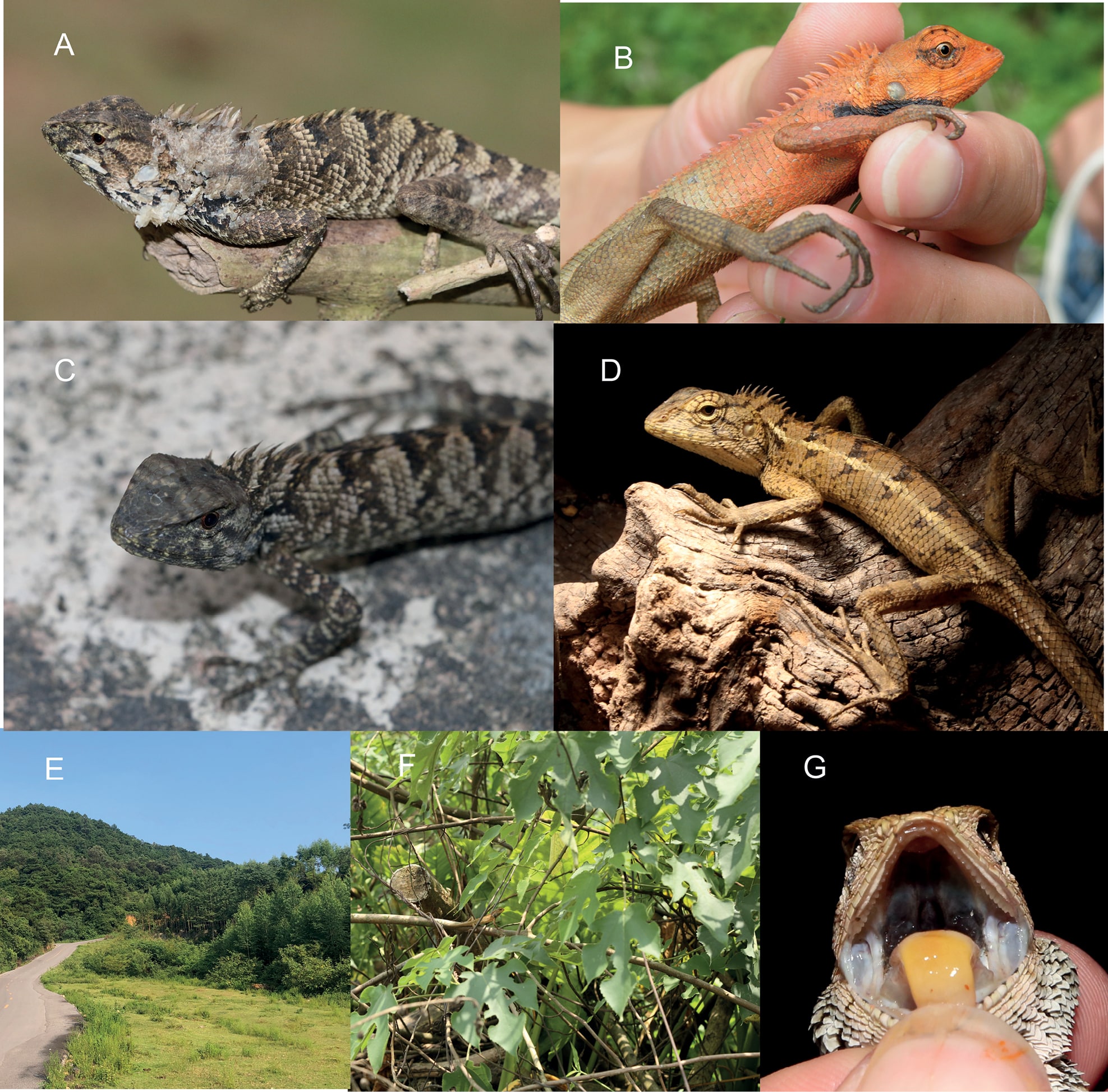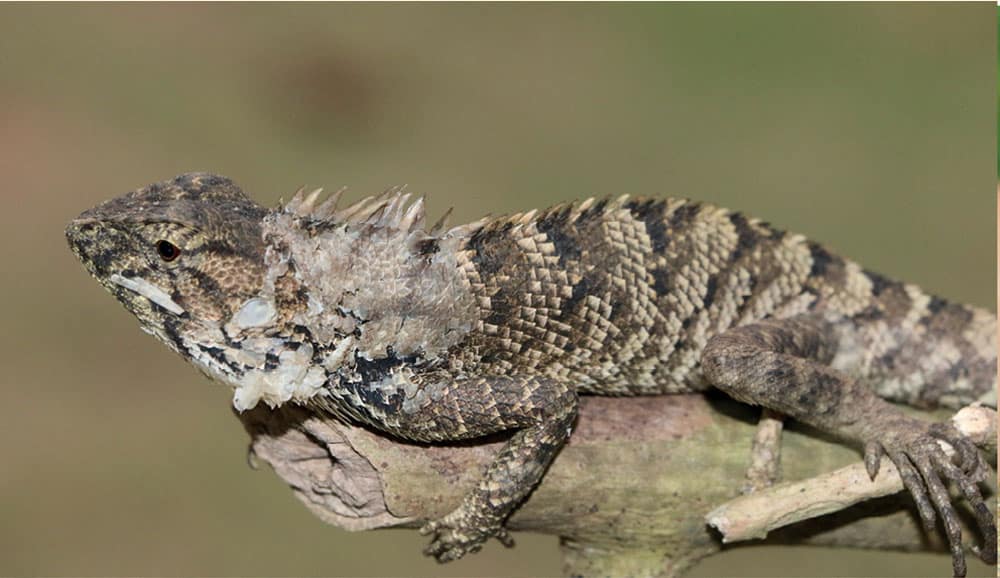The researchers conducted more than 13 years of fieldwork (2009 to 2022) on the specimen around Yunnan Province,Guangdong Province, Fujian Province, and Hainan provinces and Guangxi Zhuang Autonomous Region.
A news species of lizard in the agamid genus has been discovered living in southern China and northern Vietnam. The reptile, Calotes wangi is different from other congeners based on morphological characteristics and genetic diversity data (mitochondrial tRNA, ND2, and CO1 genes) analyzed by the scientists in describing the news species.
Male specimens of the lizard measure 90 mm snout to vent for adult males and is similar to C. irawadi, with a pronounced difference of having scales between the “nasal shield and the orbit and a fourth toe with a claw that can reach between the eyes and tympanum.”
Amphibians And Reptiles Of Malaysia
The researchers conducted more than 13 years of fieldwork (2009 to 2022) on the specimen around Yunnan Province,Guangdong Province, Fujian Province, and Hainan provinces and Guangxi Zhuang Autonomous Region. The team collected 323 specimens and took photographs and data of live animals, including DNA extraction and sequencing to confirm the species was indeed new to science.

Photographs of live specimens and their habitats A holotype of Calotes wangi GXUCM-H202291534 B holotype of C. w. hainanensis CIB095629 C allotype of C. wangi GXUCM-H202291533 D allotype of C. w. hainanensis CIB095630 E, F habitats G oral cavity view.
Calotes wangi’s coloration changes during the breeding season and during episodes of stress, the researchers noted. During the breeding season, adult males are a dark orange to orange in the front half of their body with black patches on both sides of the neck. The rear body and toes are khaki to dark khaki in coloration. During the non breeding season, the lizards are dark khaki, or lighter khaki with black markings. Females are a pale, uniform khaki that covers nearly the entire body. Dark horizontal stripes on a khaki background are present. A black or dark khaki radial stripe is also present around the eyes. Dark longitudinal stripes are located on the chin.
It inhabits sub-tropical broad-leaved forests and tropical monsoon forests in southern China and northern Vietnam, the researchers noted. Mountainous areas, hills and plains on forest edges are notable habitats.
The complete paper,”Taxonomic review of the Calotes versicolor complex (Agamidae, Sauria, Squamata) in China, with description of a new species and subspecies” can be read on the open access journal Zookey’s.



